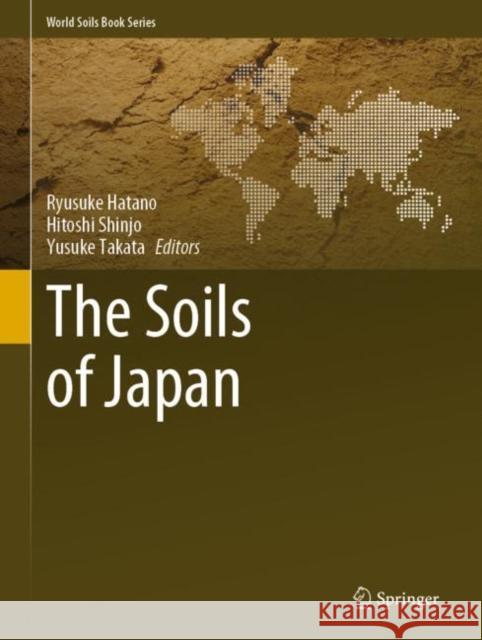The Soils of Japan » książka
topmenu
The Soils of Japan
ISBN-13: 9789811582288 / Angielski / Twarda / 2021 / 372 str.
The Soils of Japan
ISBN-13: 9789811582288 / Angielski / Twarda / 2021 / 372 str.
cena 562,23
(netto: 535,46 VAT: 5%)
Najniższa cena z 30 dni: 539,74
(netto: 535,46 VAT: 5%)
Najniższa cena z 30 dni: 539,74
Termin realizacji zamówienia:
ok. 22 dni roboczych
Dostawa w 2026 r.
ok. 22 dni roboczych
Dostawa w 2026 r.
Darmowa dostawa!
Kategorie:
Kategorie BISAC:
Wydawca:
Springer
Seria wydawnicza:
Język:
Angielski
ISBN-13:
9789811582288
Rok wydania:
2021
Wydanie:
2021
Numer serii:
000421641
Ilość stron:
372
Waga:
1.08 kg
Wymiary:
28.45 x 21.59 x 2.03
Oprawa:
Twarda
Wolumenów:
01











